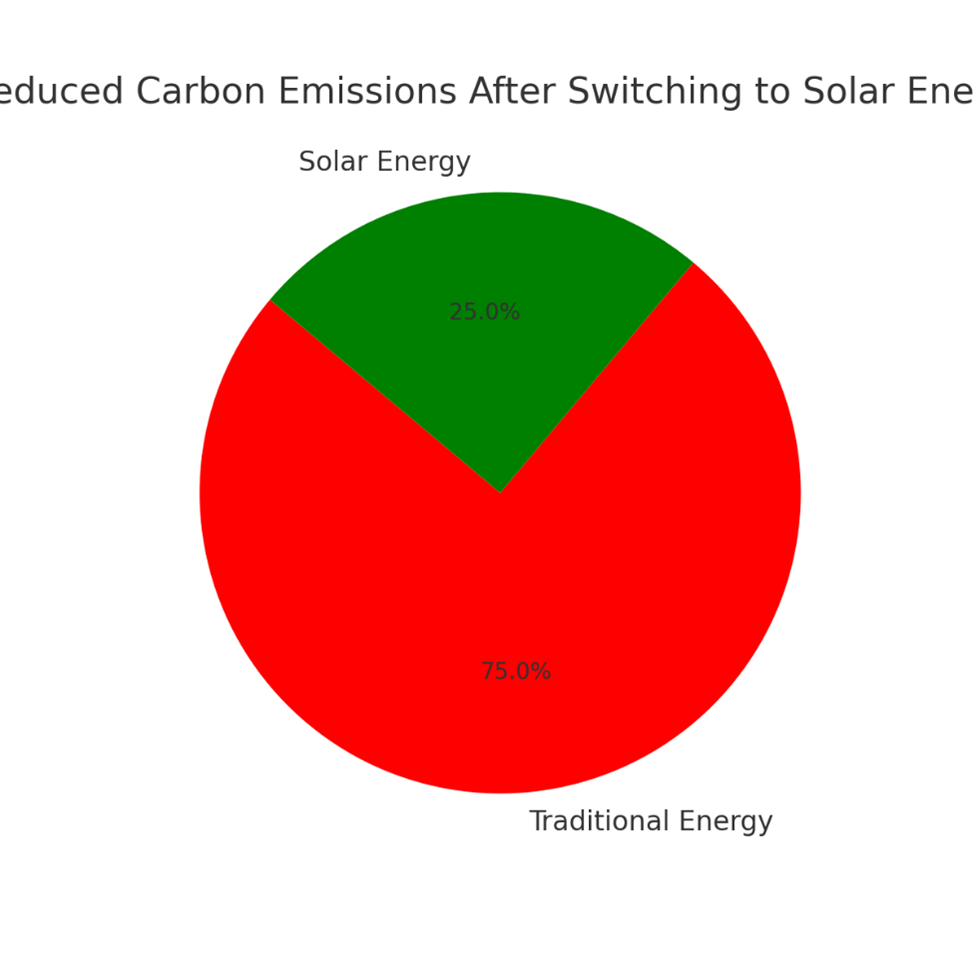Benefits of Transitioning to Renewable Energy
Energy Conservation ?? Comments 30/Jan/2025 ThuTransitioning to renewable energy offers numerous economic, environmental, and social benefits. By reducing dependence on fossil fuels, households and communities can lower energy costs, decrease carbon emissions, and contribute to a more resilient energy system. Below are practical steps to facilitate the adoption of renewable energy at the individual and community levels.
Practical Steps
-
Install Rooftop Solar Panels to Generate Electricity
Rooftop solar panels are one of the most effective ways for households to transition to renewable energy. They harness energy from the sun to generate electricity, reducing reliance on grid power and lowering utility bills. Modern solar panels are highly efficient and durable, often providing clean energy for 20-30 years with minimal maintenance. Additionally, homeowners can benefit from government incentives, tax credits, or rebates that offset installation costs. For instance, the U.S. federal solar tax credit (ITC) allows homeowners to deduct 30% of the installation cost from their taxes, making solar adoption more affordable.
-
Use Solar Water Heaters Instead of Electric or Gas Systems
Solar water heaters provide an efficient alternative to traditional water heating systems. These systems use solar collectors to heat water, which is then stored in an insulated tank for household use. By switching to solar water heating, households can reduce their water heating costs by 50%-80%, depending on their climate and system efficiency. Solar water heaters are particularly effective in regions with abundant sunlight and can significantly reduce the use of electricity or natural gas for water heating.
-
Participate in Community Solar Programs if Direct Installation Isn’t Feasible
For those who cannot install solar panels due to cost, roof constraints, or property ownership issues, community solar programs provide an accessible alternative. These programs allow individuals to subscribe to or purchase shares in a larger solar installation located off-site, such as a solar farm. Participants receive credits on their electricity bills based on their share of the energy produced. This approach democratizes access to renewable energy, enabling renters and apartment dwellers to benefit from solar power without the need for on-site installation.
-
Adopt Renewable Energy Subscriptions or Green Tariffs
Many utility companies now offer renewable energy plans that allow customers to source their electricity from wind, solar, or other renewable energy projects. By opting into these plans, households can reduce their carbon footprint without making significant changes to their home infrastructure. While these programs may carry a slightly higher cost in some cases, they support the growth of renewable energy projects and contribute to broader environmental benefits.
-
Invest in Wind Energy Solutions (Where Applicable)
For homeowners in rural or windy areas, small wind turbines can be a viable renewable energy option. These turbines generate electricity by converting wind into mechanical power, which is then used to power homes or feed into the grid. Although less common than solar panels, small wind turbines can be highly effective in regions with consistent wind patterns.
-
Integrate Battery Storage for Energy Independence
Combining renewable energy systems, such as solar panels, with battery storage enhances energy independence and reliability. Batteries store excess energy generated during the day for use at night or during grid outages. This reduces reliance on the grid and ensures a continuous supply of clean energy. Advances in battery technology, such as lithium-ion systems, have made this option increasingly accessible for residential use.
Key Benefits of Renewable Energy Transition
-
Environmental Sustainability:
By transitioning to renewable energy, households can significantly reduce greenhouse gas emissions, mitigating climate change and improving air quality. This shift decreases dependence on fossil fuels, which are major contributors to environmental degradation.
-
Economic Savings:
While the initial investment in renewable energy systems may be significant, the long-term savings on energy bills can offset the costs. For instance, solar panel installations typically pay for themselves within 5-10 years, after which the electricity generated is essentially free.
-
Energy Security and Resilience:
Renewable energy systems reduce dependence on centralized power grids, which are vulnerable to disruptions from natural disasters or cyberattacks. Distributed renewable systems, such as rooftop solar, enhance energy security by diversifying energy sources and increasing local resilience.
-
Job Creation: The renewable energy sector is a significant source of job creation, with roles in manufacturing, installation, maintenance, and research. Supporting this transition not only benefits individual households but also contributes to the growth of a sustainable economy.
By implementing these practical steps, households can actively participate in the transition to renewable energy, enjoying long-term benefits while contributing to global sustainability goals.
Example: A household in Texas installed a 6kW solar panel system, which reduced their electricity bill by $1,500 annually and cut carbon emissions by 4.5 metric tons.


Tags: energy conservation